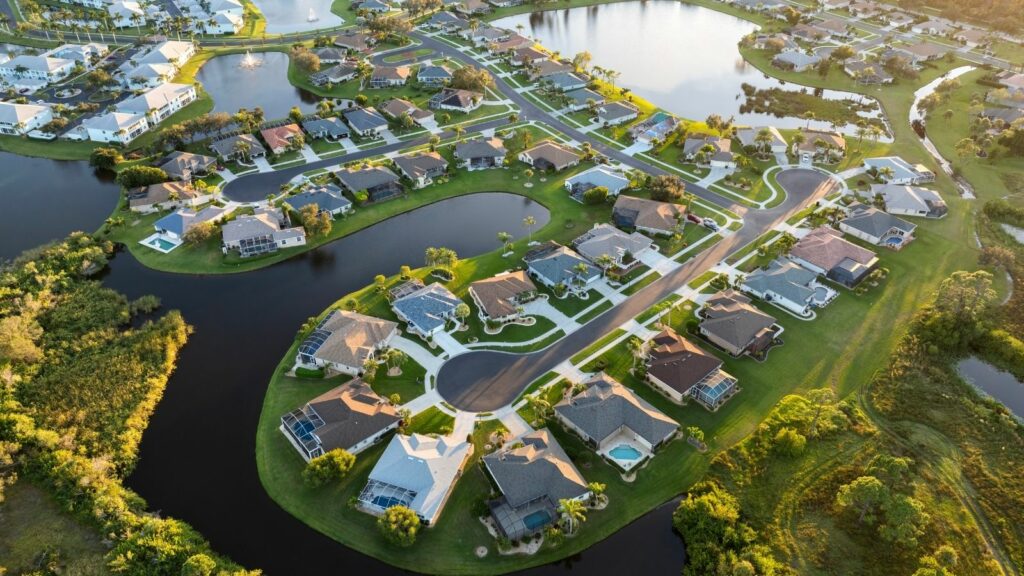Suburban life has long been synonymous with tranquility, spacious living, and community. However, recent trends suggest that this idyllic perception is increasingly under threat. Here are 17 startling reasons why suburban life is no longer as safe as it once was:
Increased Crime Rates

Once considered safe havens, some suburban areas are experiencing a rise in crime rates, including burglaries and vandalism. This rise can be attributed to various socio-economic factors and crime migration from urban centers. Enhancing community policing, improving neighborhood watch programs, and fostering strong community ties are essential to combat this trend and ensure suburban safety.
Traffic Accidents
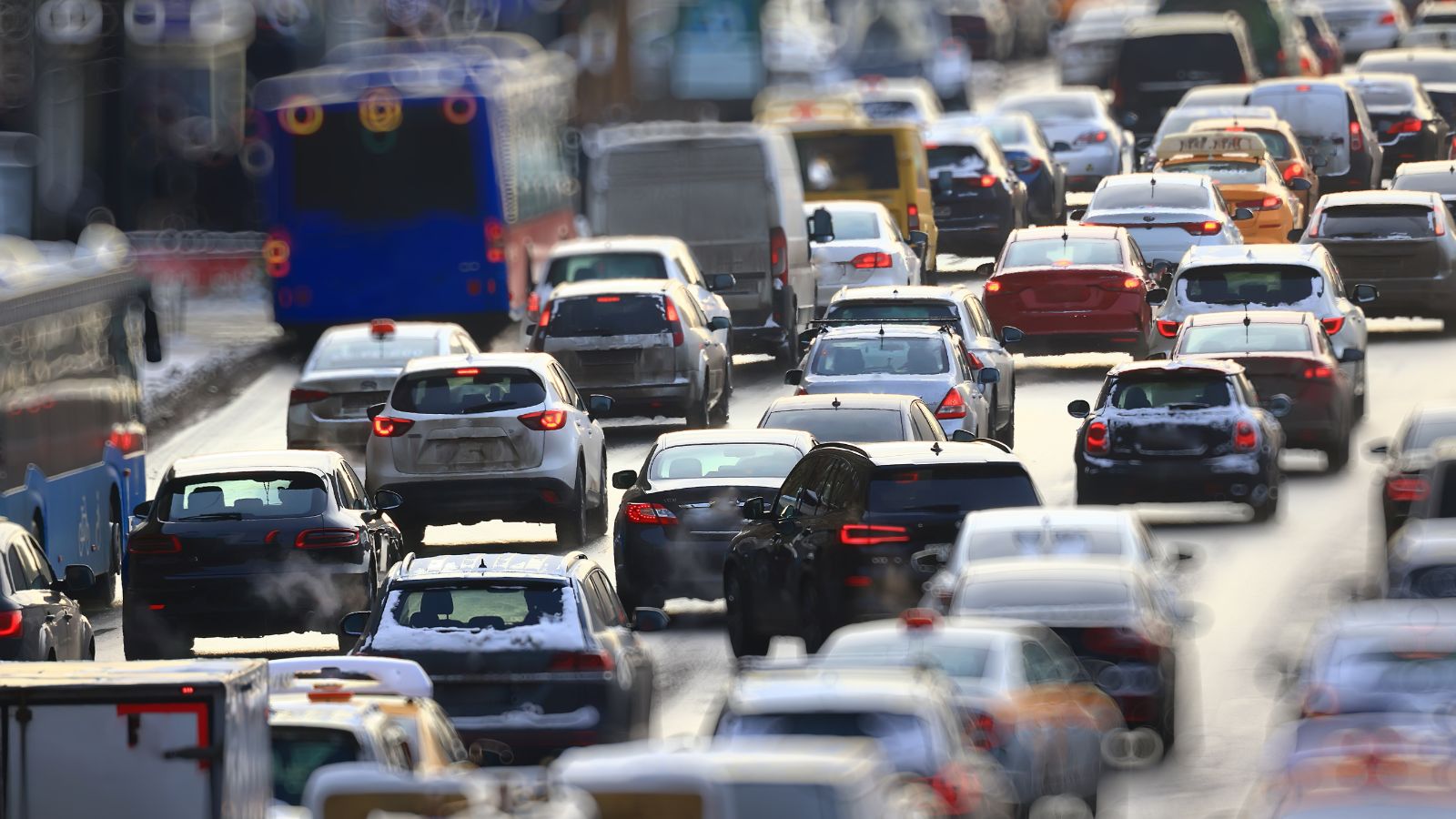
The surge in suburban populations has led to more congested roads, increasing the likelihood of traffic accidents. With more vehicles on the road, suburban residents face significant risks, including higher chances of collisions and pedestrian accidents. Addressing this issue requires better traffic management, improved road infrastructure, and promoting alternative transportation options to enhance safety.
Environmental Hazards
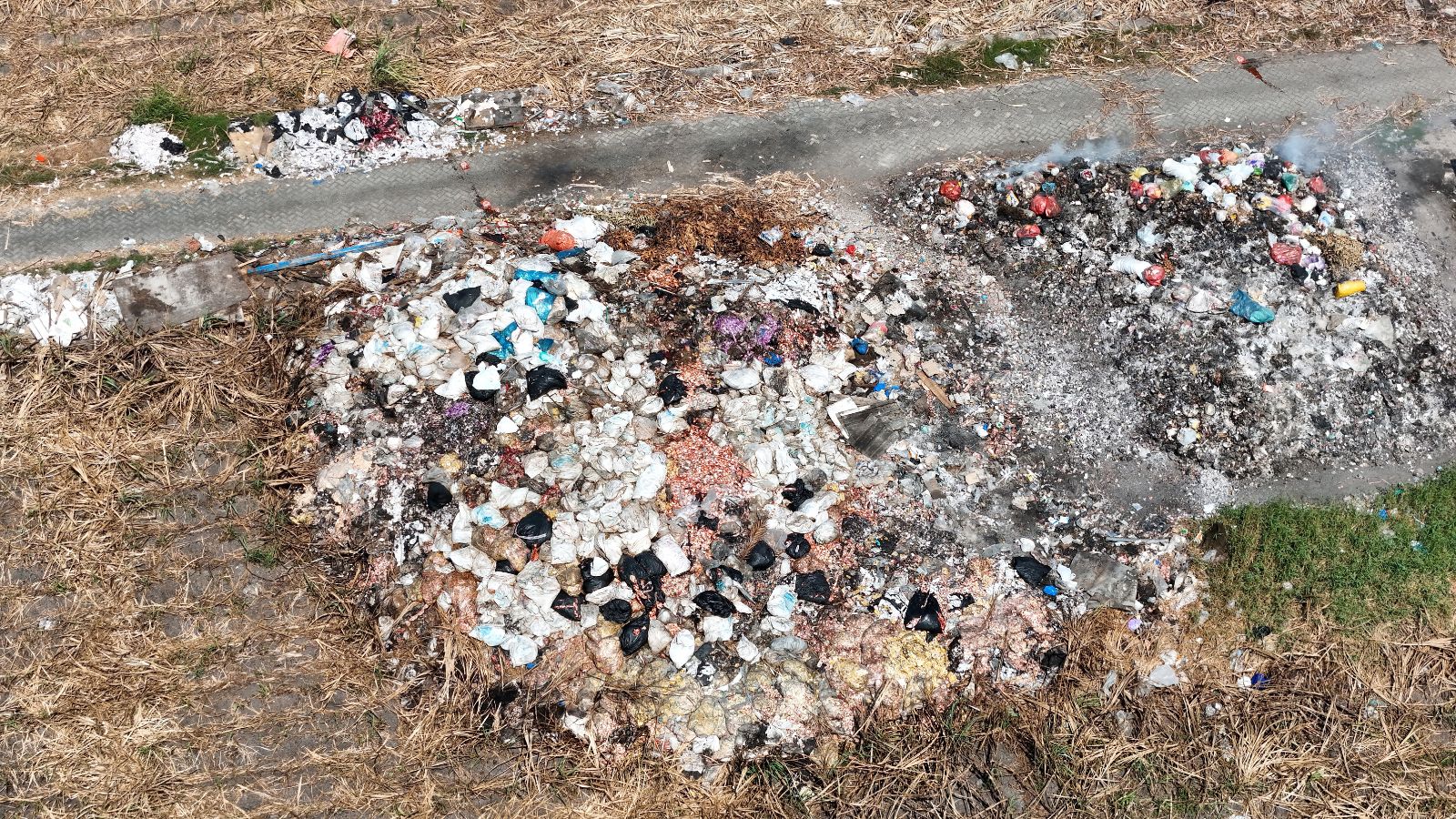
Suburban areas are not immune to natural disasters. Wildfires, floods, and severe storms are becoming more frequent, exacerbated by climate change. These environmental hazards can cause extensive damage and pose serious safety risks.
Isolation
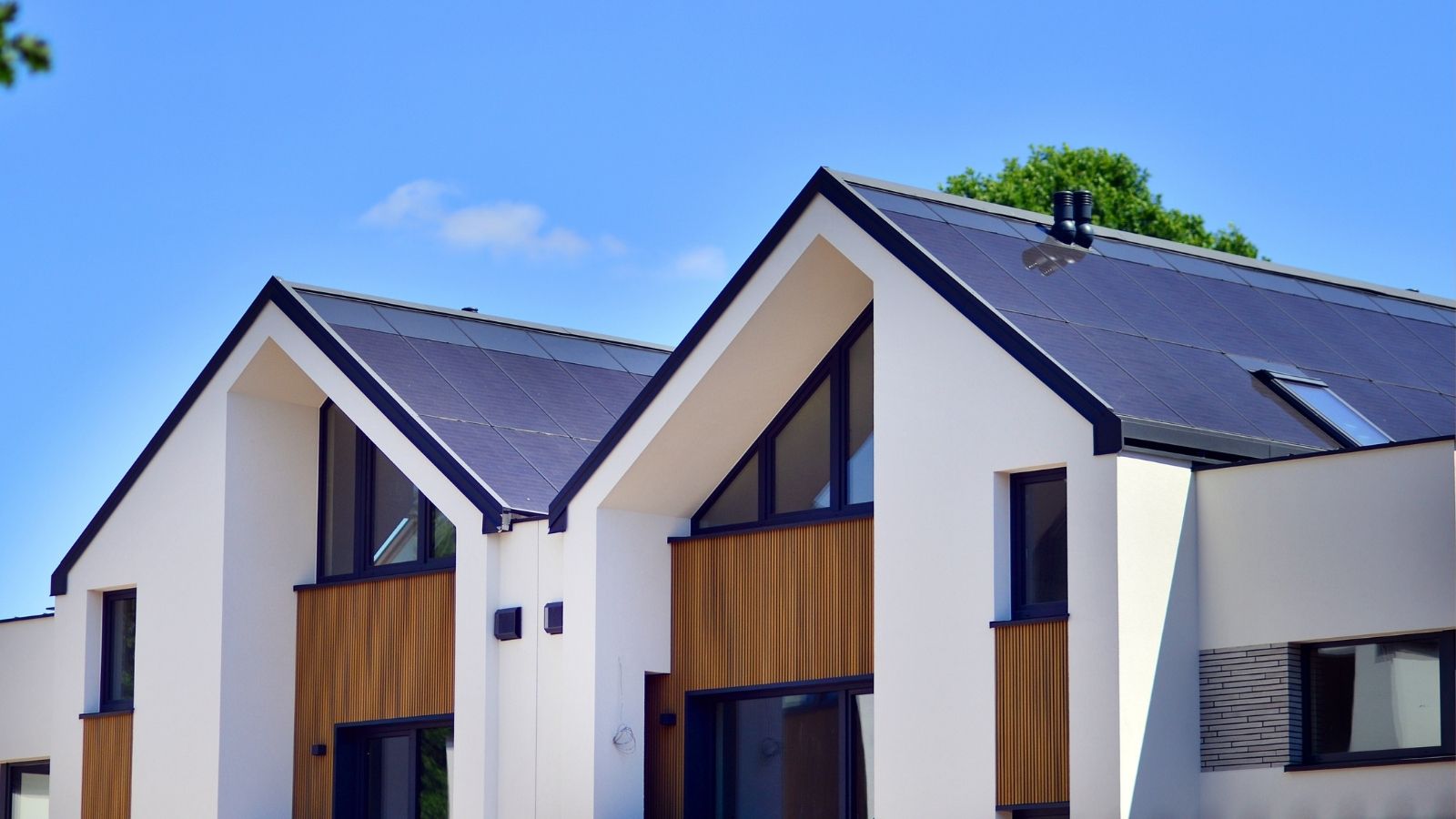
The spread-out nature of suburban neighborhoods can lead to social isolation, negatively impacting mental health and weakening community bonds. This isolation makes it harder to address collective safety concerns and fosters a sense of disconnection. Promoting community events, enhancing public spaces, and encouraging neighborly interactions are essential to combat isolation and strengthen suburban communities.
Healthcare Access

Suburban areas often have fewer healthcare facilities than urban centers, resulting in longer wait times and difficulty accessing specialized treatments. This limited access can be particularly concerning during emergencies. Improving healthcare infrastructure, increasing the number of medical facilities, and ensuring better transportation options are essential steps to enhance healthcare access and ensure the well-being of suburban residents.
Aging Infrastructure

Many suburban neighborhoods were developed decades ago, and their infrastructure is aging. Issues such as power outages, water supply problems, and deteriorating roads can compromise safety and quality of life. Addressing these challenges requires significant investment in infrastructure upgrades, regular maintenance, and proactive planning to ensure safe and reliable living conditions for suburban residents.
Economic Instability

Economic instability can hit suburban areas hard, increasing unemployment and financial stress. This instability can contribute to higher crime rates and reduced funding for essential services, impacting overall safety and quality of life. Addressing economic challenges requires community support, job creation initiatives, and robust social services to ensure stability and resilience in suburban communities.
Drug Use

Suburban areas have seen a rise in drug use and related crimes, posing significant safety risks. This trend can increase criminal activity, health issues, and community instability. Addressing this problem requires comprehensive strategies, including better law enforcement, community outreach programs, and accessible addiction treatment services to ensure a safer and healthier suburban environment.
Lack of Public Transportation
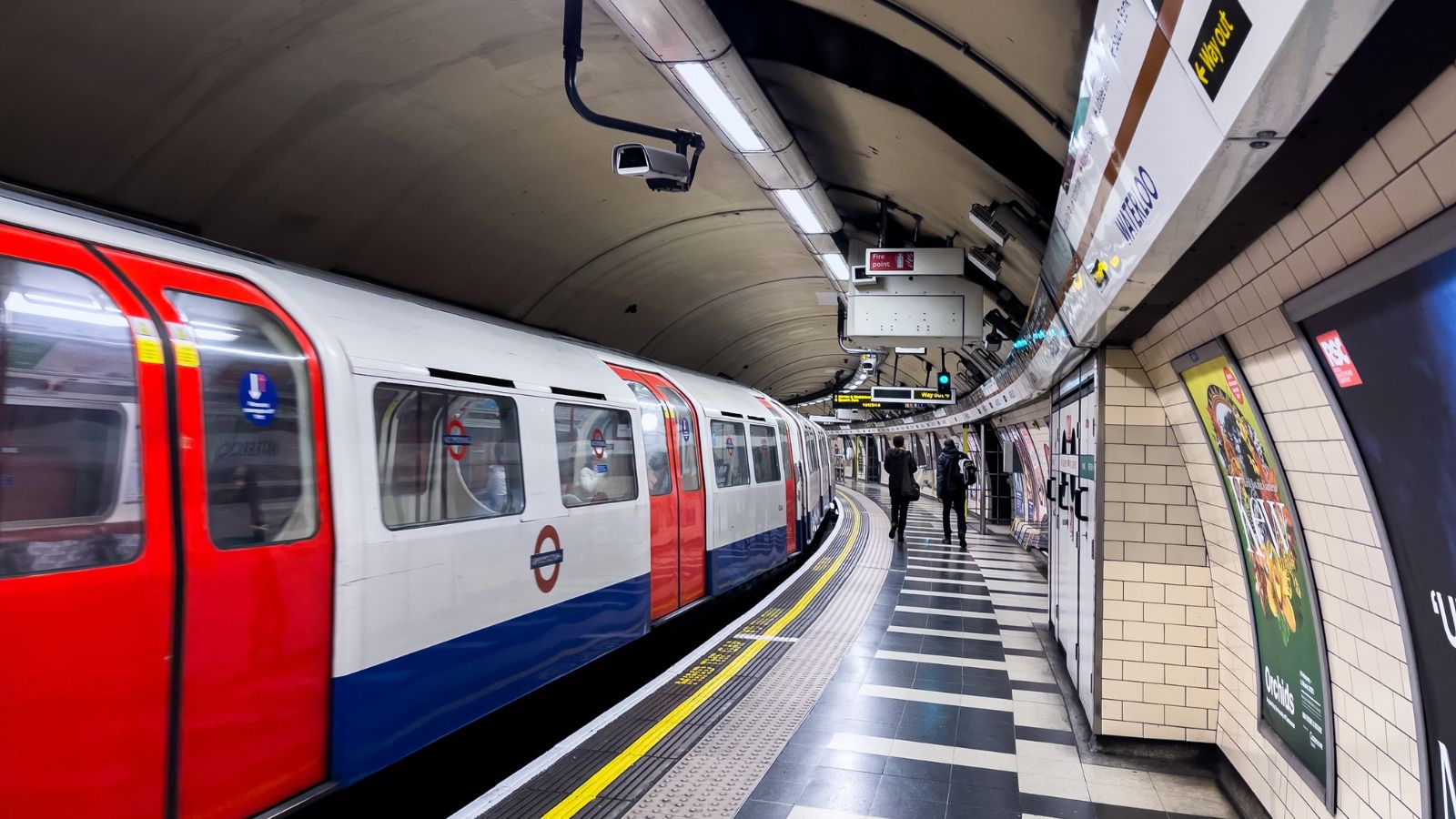
Limited public transportation options in suburban areas can make it difficult for residents to access essential services, including healthcare, education, and employment opportunities. This lack of mobility can also contribute to social isolation.
Wildlife Encounters

As suburban development encroaches on natural habitats, encounters with wildlife become more common. While often harmless, these encounters can be dangerous, particularly with larger or more aggressive animals.
Pollution

Suburban areas can suffer from pollution from nearby industrial activities and heavy traffic. This pollution impacts air and water quality, posing significant health risks to residents. Addressing this issue requires stricter environmental regulations, better urban planning, and promoting green initiatives to ensure a cleaner and healthier living environment for suburban communities.
Cybersecurity Threats

With the rise of remote work, cybercriminals are increasingly targeting suburban residents. Phishing scams, identity theft, and other cybercrimes pose significant risks, leading to financial and personal losses. Enhancing cybersecurity measures, educating residents about online safety, and promoting secure digital practices are essential to protecting suburban communities from these growing threats.
Property Crimes

Suburban homes are often perceived as affluent, making them attractive targets for property crimes such as theft and burglary. This perception can lead to increased criminal activity in these areas. Enhancing neighborhood watch programs, improving home security measures, and fostering community vigilance are crucial steps to mitigate property crimes and ensure the safety of suburban residents.
Community Resources

Limited community resources can make it challenging to address safety concerns effectively. Underfunded police departments, fire services, and emergency medical services can struggle to meet the needs of growing suburban populations.
Emergency Response Times
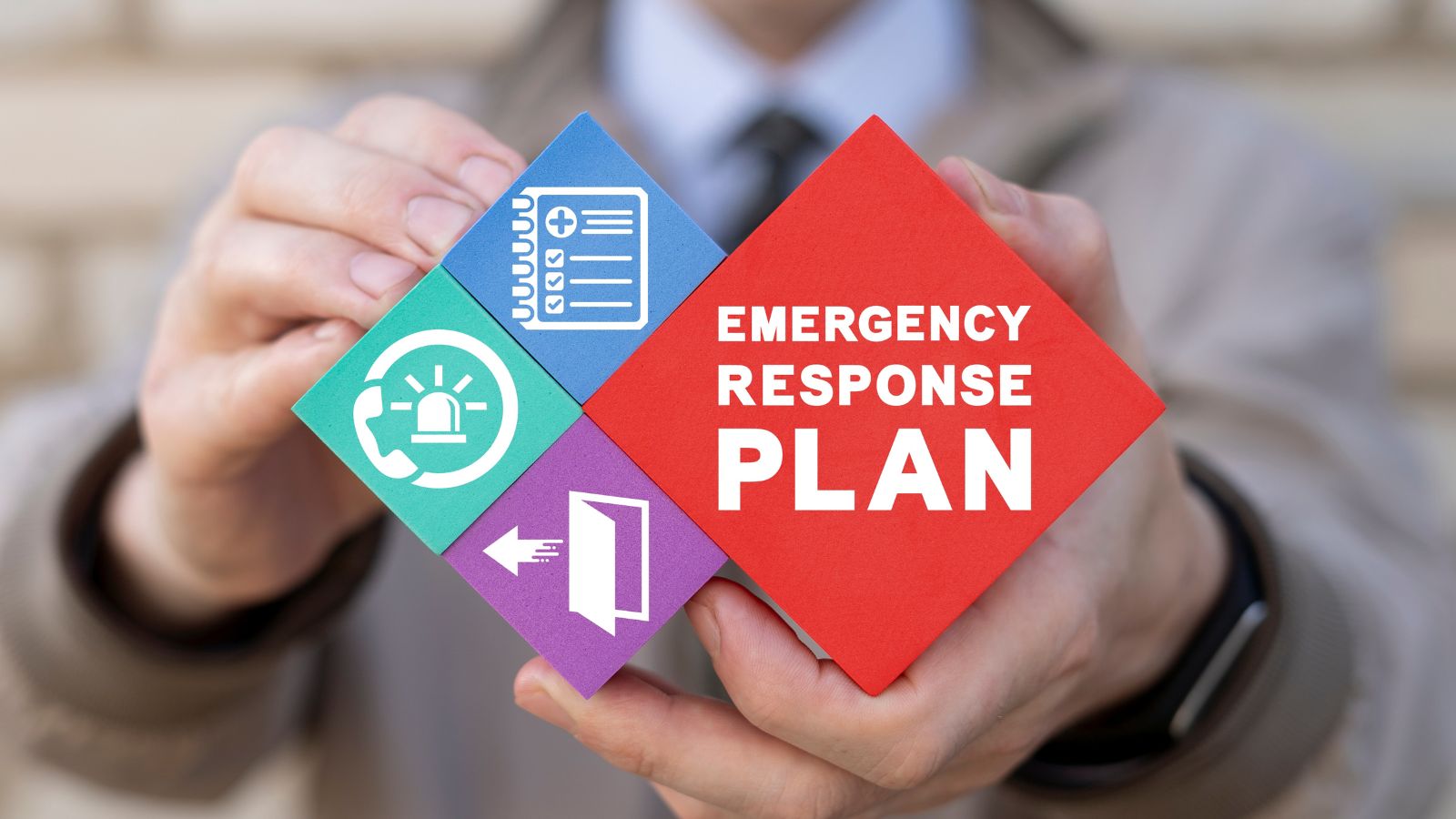
Emergency response times in suburban areas can be longer than in urban centers, posing significant risks during critical situations like medical emergencies or fires. This delay can be attributed to the spread-out nature of suburbs and limited resources. Improving infrastructure, increasing funding for emergency services, and enhancing community preparedness are essential to reduce response times and ensure safety.
Youth Delinquency

A lack of recreational activities and supervision can lead to higher rates of youth delinquency in suburban areas. Engaging young people in positive activities is crucial for preventing crime and promoting community safety.
Health Risks

Suburban lifestyles often involve car dependency and limited walkable spaces, contributing to health issues like obesity and related diseases. Promoting active living and creating walkable communities can help mitigate these risks.
Conclusion

These factors highlight the evolving challenges of suburban living. While suburban areas offer many benefits, residents and policymakers must address these safety concerns proactively. Suburban areas can continue to be desirable places to live by fostering strong community ties, investing in infrastructure, and promoting sustainable living.
18 Reasons Why People Are Leaving Florida in Masses

Exploring factors that impact the desirability of living in Florida, this list delves into various challenges shaping residents’ experiences. From environmental concerns like rising sea levels to economic factors such as fluctuating job markets, these issues collectively contribute to a nuanced understanding of the state’s appeal.
18 Reasons Why People Are Leaving Florida in Masses
